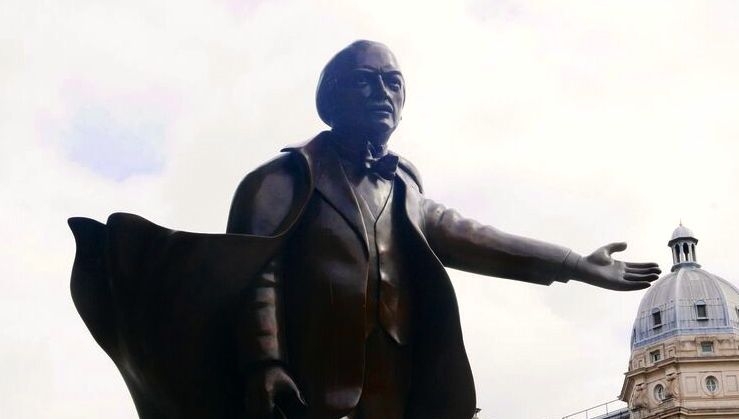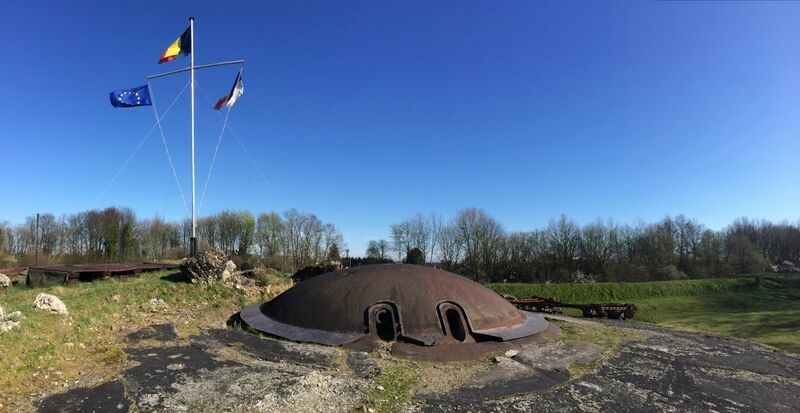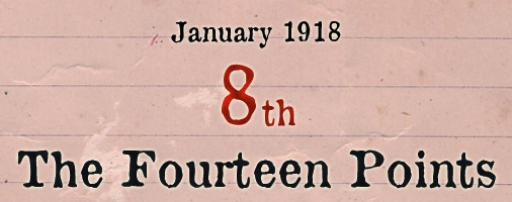At noon on Tuesday 8 January 1918 Woodrow Wilson stood before a joint session of Congress on Capitol Hill. The US President was to make a speech outlining Fourteen Points: proposals which he hoped would act as a blueprint for the Allies in a post-War era, helping reshape a new peaceful and equitable world. Patrick Gregory has this assessment.
He described what he was outlining to Congress as ‘the programme of the world’s peace’, ideas which would make the world a ‘fit and safe’ place to live in. Woodrow Wilson, his adviser Colonel Edward House and the famed Inquiry team of leading academics assembled by House had been working for weeks to draw together the threads of a document which would help forge a vision for a new diplomacy.
But in many respects – and having studied their deliberations – the vision Wilson was to outline amounted largely to a more detailed refinement of a speech he had made a year earlier, when the United States was still a neutral power.
In that speech of January 1917, ‘Peace Without Victory’, the President had offered a critique of the imperialism and militarism which he held responsible for the world’s conflict. It was a mind-set, as much as its consequences, which he wanted to see swept away. Was the war, he asked then, a struggle for a just and secure peace? Or was it merely to establish a new balance of power? Only the former principle, he believed, could offer stability. It was a peace based on mutual respect among nations. ‘There must be not a balance of power’, he argued then, ‘but a community of power; not organised rivalries, but an organised common peace.’
New realities
This new address in 1918 not only needed to be more specific and prescriptive but to address the new realities which had emerged in the intervening year. The Eastern Front had collapsed in the wake of Russia’s revolutionary convulsions, and the Bolsheviks had just opened peace talks with the Central Powers at Brest-Litovsk. Lenin had laid down principles there which Wilson now wanted to address: principles which included the outlawing of enforced annexation of territory seized in war; and the restoring of independence for countries which had been seized.
Wilson wanted to focus his energies not only on what to do with Germany and Austria-Hungary and their partners in a post-War world but to deal with the ambitions – as he now knew them – of America’s own allies in the fight. He was up to speed, and had been for some months, with the various secret treaties which had been hatched over time by Britain, France, Italy, Russia and Japan: treaties to divide up specified territories currently held by the Central Powers; and he was also conscious of Allenby’s success in taking Jerusalem a few weeks before and what that might augur for future British and French ambitions in the Near East.

British Prime Minister David Lloyd George: He also spoke about Allied war aims in January 1918 (Photo: Centenary News)
Colonel Edward House delivered the final deliberations of his Inquiry team to the President on the Friday preceding the speech, 4 January. The following morning and early afternoon they got to work at the White House reducing the principles identified into a codified series of points which Wilson rattled off on his typewriter. A few hours later the pair had the outline of what they wanted, rounding off their set of principles with a final proposal anointing a world peace association to oversee the new world order.
The President worried that some of the thunder of his address might have been stolen in a speech given that same day in London by Lloyd George to a trades union gathering where the Prime Minister promised his own thoughts on how ‘a just and lasting peace’ could settle on the world. But on the Sunday Wilson resumed his work, incorporating what by now were his Fourteen Points into the speech which to be given 48 hours later.
When he finally unveiled his vision, Wilson’s speech divided into three sections. The first part, containing the first five of the proposals, set out principles such as ‘open covenants of peace, openly arrived at’ (i.e. no secret peace treaties), freedom of the seas and a removal of economic barriers between nations.
Next came a bloc of eight points enumerating the necessary territorial adjustments to be made after the First World War, changes which would all the while respect the will and ability of independent nations and peoples to emerge. These took in Belgium, the return of Alsace-Lorraine to France, the autonomous development of the constituent parts of Austria-Hungary and the Balkans, the readjustment of Italy’s borders, the creation of a Polish state and measures aimed at the lands of the Ottoman Empire.
Lastly came ‘a general association of nations’ to be formed to afford ‘mutual guarantees of political independence and territorial integrity’ – what would become in time the League of Nations.

The Fourteen Points included a call for the restoration of Belgian independence. This is Fort de Loncin, near Liège, destroyed during the German invasion of August 1914 (Photo: Centenary News)
Reaction to the speech around the world in its immediate aftermath was almost universally positive. A ‘magnificent pronouncement’ was British Foreign Secretary Balfour’s description. Lenin reportedly viewed it as a ‘great step towards the peace of the world’ and at home the New York Times spoke of ‘The President’s triumph’. It left only Clemenceau in France to harrumph: ‘God gave us the Ten Commandments and we broke them. Wilson gives us the Fourteen Points. We shall see’.
Indeed, there was a point to that last rather jaundiced perspective. For now, Wilson’s speech was merely rhetoric. The remaining conduct of the war had still to be played out over the months which followed and, after that, the realities of geo-politics confronted in the negotiation halls of Versailles. What was to emerge beyond that point would test the high hopes of Wilson’s world-view to breaking point.
Patrick Gregory is co-author with Elizabeth Nurser of ‘An American on the Western Front: The First World War Letters of Arthur Clifford Kimber 1917-18’ (The History Press) American on the Western Front @AmericanOnTheWF.
